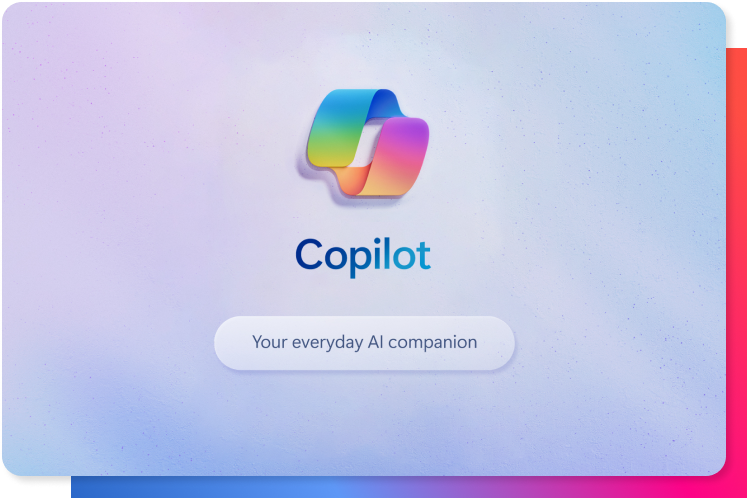Data is the language of accountability. Without it, strategy becomes theatre.
W. Edwards Deming didn’t mince words. “In God we trust; all others must bring data.” For years, this quote has been repeated in keynotes, pasted onto whiteboards, and half-ironically used to push back on the HiPPO effect—the Highest Paid Person’s Opinion.
But in practice? Many companies still operate on faith. Faith in experience. Faith in intuition. Faith in precedent. Data is often used after a decision has been made, not before it. It justifies, rather than guides.
The irony? We’ve never had more data. But having data is not the same as knowing how to use it. And certainly not the same as building a culture that listens to it.
The Data is there. The questions aren’t.
Here’s a concrete example that brings this to life: In 2021, Finnish elevator giant KONE launched a predictive maintenance platform called 24/7 Connected Services. Elevators, by their very nature, are binary—working or not. But KONE’s team had a hunch: if you could measure subtle variations in motor temperature, door vibrations, or stopping precision, you could detect failures before they happened.
They didn’t build the platform and hoped people came. They did the inverse. They asked: What would we need to know, in order to act before a complaint? And how do we design a data loop to make that knowledge automatic?
Result: a measurable drop in downtime across Europe and Asia. Not because they had a hunch but because they built a system that rejected hunches as a starting point.
And this highlights a crucial point. Great data strategy doesn’t start with tools. It starts with questions.
Reading the numbers: The untapped edge in the C-Suite
Despite the jargon, most leadership teams don’t know how to read data. They know how to read dashboards. That’s not the same thing.
They confuse correlation for causation. They misinterpret percentages without denominators. They trust year-over-year growth figures without knowing what was different last year.
In their 2021 survey, NewVantage Partners found that 92% of executives cited “culture” as the primary obstacle to becoming data-driven. Not tools. Not infrastructure. Culture. That means your leaders might have Tableau or Power BI licenses and still be running on vibes.
It also means data becomes performative. It gets molded to fit boardroom stories. Successes are attributed to clever strategies, not signal in the noise. And failures are excused by “unpredictable variables” rather than flawed assumptions.
Not all Data is good Data
Bad data tells you what you want to hear. Good data tells you what you’d rather ignore. Consider this: In 2017, Hertz sued Accenture for $32 million over a failed website redesign. The new digital experience was based on best practices and glossy user personas but no behavioral data from actual users. The project failed to launch. Not because the devs were lazy. Because no one asked the data the right questions.
The case is infamous now, but the logic behind the failure is common. It’s what happens when decisions are made upstream, and data is only brought in downstream as decoration.
A truly data-informed process challenges assumptions at the start. What do users actually want? Where are they struggling? What have they stopped doing that we didn’t notice?
These are not dashboard questions. They’re research questions. Hypothesis questions. Leadership questions.
A CEO’s job is to question the denominator
Let’s pause on this, because it’s important.
When your VP says, “Customer satisfaction improved 6%,” your next question should be: “6% of what?” Was that from 30 survey respondents? Was it a biased cohort of power users? Did it include detractors who churned before they could respond?
If you don’t understand the denominator, you don’t understand the statistic. You’re not making decisions. You’re reading headlines. Jeffrey Camm and Lucy McGowan call this the first line of defense for leaders: learn to talk back to statistics. Don’t just nod.
The most damaging decisions aren’t made in the absence of data, they’re made in the presence of data that no one bothers to challenge. It’s not enough to hear “sales are up.” You have to ask: compared to when? Across what region? For which segment? And is that margin or revenue?
Because the wrong question is more dangerous than no data at all.
So, what does a real data culture look like?
It’s not flashy dashboards. It’s not A/B testing logos. It’s certainly not vanity metrics on a board slide. It’s people across the organization—especially leadership—who ask better questions. Who know the difference between noise and insight. Who challenge assumptions with experiments, not louder voices.
It’s a culture where experimentation isn’t relegated to marketing. Where product decisions, pricing, go-to-market strategy, and even hiring are evaluated against real-world data, not internal consensus.
It’s building systems that reward intellectual honesty. Where being wrong is fine, as long as you discovered you were wrong with data. That’s the real competitive edge.
And if you need proof? Look at Ocado, the UK-based online grocer with no physical stores. They built their entire operational model around predictive analytics for warehouse robotics. While other retailers chased same-day delivery with human labor, Ocado used machine learning to reduce pick errors by 70%—and increased margins in an industry known for razor-thin profits.
The lesson isn’t about automation. It’s about feedback loops. About having systems that learn faster than your competitors.
The temptation of certainty
There’s a reason so many leadership teams default to instinct. It’s faster. It feels bolder. It makes meetings cleaner. “We believe X, so we’ll do Y.” There’s little room for dissent. You don’t have to slow down and test, or argue over metrics. And when it fails, you can always say, “At least we tried.”
But that’s not leadership. That’s theater.
The companies that win aren’t always the ones with the boldest bets. They’re the ones with the tightest feedback loops. The ones that learn, adjust, and re-deploy faster than anyone else.
Being wrong is inevitable. Staying wrong is optional.
Most bad decisions aren’t made because someone didn’t know the answer. They’re made because someone assumed they did—and didn’t ask.
Building a data culture doesn’t start with hiring data scientists. It starts when leadership stops asking, “What do we think?” and starts asking, “What do we know and how do we know it?”
Because in the end, faith is not a business strategy. And hope is not a KPI.







 Español
Español